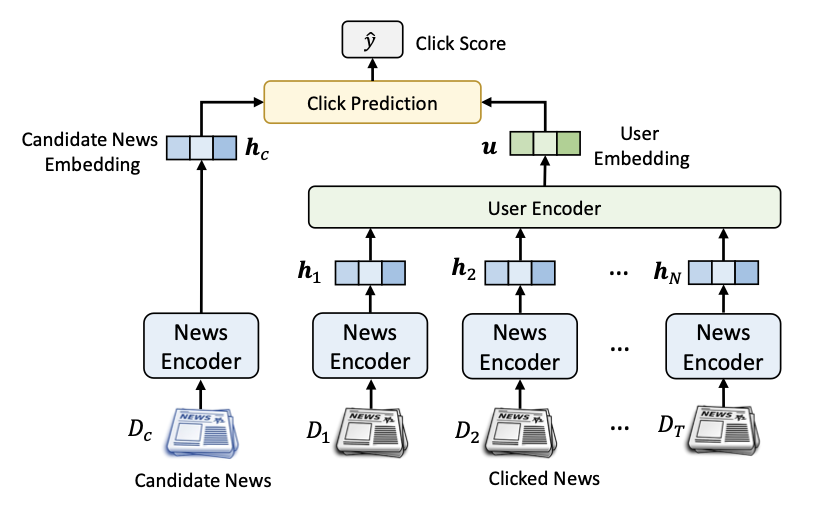1
2
3
4
5
6
7
8
9
10
11
12
13
14
15
16
17
18
19
20
21
22
23
24
25
26
27
28
29
30
31
32
33
34
35
36
37
38
39
40
41
42
43
44
45
46
47
48
49
50
51
52
53
54
55
56
57
58
59
60
61
62
63
64
65
66
67
68
69
70
71
72
73
74
75
76
77
78
79
80
81
82
83
84
85
86
87
88
89
90
91
92
93
94
95
96
97
98
99
100
101
102
103
104
105
106
107
108
109
110
111
112
113
114
115
116
117
118
119
120
121
122
123
124
125
126
127
128
129
130
131
132
133
134
135
136
137
138
139
140
141
142
143
144
145
146
147
148
149
150
151
152
153
154
155
156
157
158
159
160
161
162
163
164
165
166
167
168
169
170
| import os
import sys
import fire
import gradio as gr
import torch
import transformers
from peft import PeftModel
from transformers import GenerationConfig, LlamaForCausalLM, LlamaTokenizer
from utils.callbacks import Iteratorize, Stream
from utils.prompter import Prompter
def main(
load_8bit: bool = False,
base_model: str = "",
lora_weights: str = "tloen/alpaca-lora-7b",
prompt_template: str = "",
server_name: str = "0.0.0.0",
share_gradio: bool = False,
):
base_model = base_model or os.environ.get("BASE_MODEL", "")
assert (
base_model
), "Please specify a --base_model, e.g. --base_model='huggyllama/llama-7b'"
prompter = Prompter(prompt_template)
tokenizer = LlamaTokenizer.from_pretrained(base_model)
device_map = "mps"
model = LlamaForCausalLM.from_pretrained(
base_model,
device_map=device_map,
torch_dtype=torch.float16,
)
model = PeftModel.from_pretrained(
model,
lora_weights,
device_map=device_map,
torch_dtype=torch.float16,
)
model.config.pad_token_id = tokenizer.pad_token_id = 0
model.config.bos_token_id = 1
model.config.eos_token_id = 2
if not load_8bit:
model.half()
model.eval()
if torch.__version__ >= "2" and sys.platform != "win32":
model = torch.compile(model)
def evaluate(
instruction,
input=None,
temperature=0.1,
top_p=0.75,
top_k=40,
num_beams=4,
max_new_tokens=128,
stream_output=False,
**kwargs,
):
prompt = prompter.generate_prompt(instruction, input)
inputs = tokenizer(prompt, return_tensors="pt")
input_ids = inputs["input_ids"].to(device_map)
generation_config = GenerationConfig(
temperature=temperature,
top_p=top_p,
top_k=top_k,
num_beams=num_beams,
**kwargs,
)
generate_params = {
"input_ids": input_ids,
"generation_config": generation_config,
"return_dict_in_generate": True,
"output_scores": True,
"max_new_tokens": max_new_tokens,
}
if stream_output:
def generate_with_callback(callback=None, **kwargs):
kwargs.setdefault(
"stopping_criteria", transformers.StoppingCriteriaList()
)
kwargs["stopping_criteria"].append(
Stream(callback_func=callback)
)
with torch.no_grad():
model.generate(**kwargs)
def generate_with_streaming(**kwargs):
return Iteratorize(
generate_with_callback, kwargs, callback=None
)
with generate_with_streaming(**generate_params) as generator:
for output in generator:
decoded_output = tokenizer.decode(output)
if output[-1] in [tokenizer.eos_token_id]:
break
yield prompter.get_response(decoded_output)
return
with torch.no_grad():
generation_output = model.generate(
input_ids=input_ids,
generation_config=generation_config,
return_dict_in_generate=True,
output_scores=True,
max_new_tokens=max_new_tokens,
)
s = generation_output.sequences[0]
output = tokenizer.decode(s)
yield prompter.get_response(output)
gr.Interface(
fn=evaluate,
inputs=[
gr.components.Textbox(
lines=2,
label="Instruction",
placeholder="Tell me about alpacas.",
),
gr.components.Textbox(lines=2, label="Input", placeholder="none"),
gr.components.Slider(
minimum=0, maximum=1, value=0.1, label="Temperature"
),
gr.components.Slider(
minimum=0, maximum=1, value=0.75, label="Top p"
),
gr.components.Slider(
minimum=0, maximum=100, step=1, value=40, label="Top k"
),
gr.components.Slider(
minimum=1, maximum=4, step=1, value=4, label="Beams"
),
gr.components.Slider(
minimum=1, maximum=2000, step=1, value=128, label="Max tokens"
),
gr.components.Checkbox(label="Stream output"),
],
outputs=[
gr.components.Textbox(
lines=5,
label="Output",
)
],
title="🦙🌲 Alpaca-LoRA",
description="Alpaca-LoRA is a 7B-parameter LLaMA model finetuned to follow instructions. It is trained on the [Stanford Alpaca](https://github.com/tatsu-lab/stanford_alpaca) dataset and makes use of the Huggingface LLaMA implementation. For more information, please visit [the project's website](https://github.com/tloen/alpaca-lora).",
).queue().launch(server_name=server_name, share=share_gradio)
if __name__ == "__main__":
fire.Fire(main)
|





